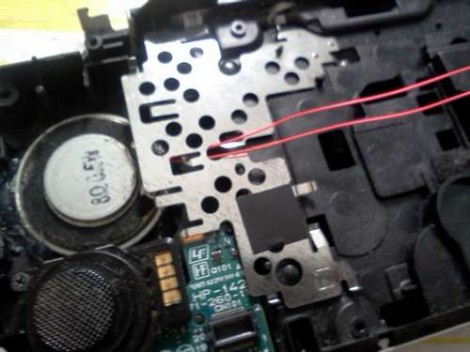
In the first scene of Back to the Future, [Marty McFly] visits the unoccupied laboratory of [Doc Brown]. Seeing an 8-foot-tall speaker connected to a huge array of amplifiers, [Marty] immediately turns on the amps, plugs in an electric guitar, and promptly destroys the amps and speaker while being thrown across the room. This scene must have been a huge inspiration to [Dan] and [Kyle]; they decided to replicate this gigantic speaker for the 2011 UW-Madison Engineering Expo.
A speaker is a remarkably simple device – they’re usually just a coil of wire, a set of magnets on an iron frame, and a cone. [Dan] and [Kyle] wound hundreds of feet of copper wire around a fiberglass frame for the voice coil, used 8 and 10-inch steel pipe to secure the magnets, and pop riveted two sheets of polycarbonate together to form the cone. The result is a six-foot-diameter speaker in an 8x8x2 foot enclosure.
A speaker this size is only good for one thing: a ton of bass. The speaker can reliably reproduce frequencies from 5 Hz to 50 Hz, frequencies that are better felt than heard. There’s a video of the speaker in action after the break, but we’re pretty sure the best way to experience this insane device is in person.







Recent Comments